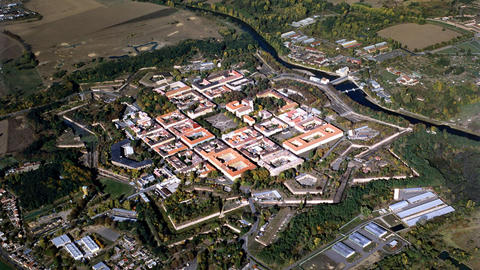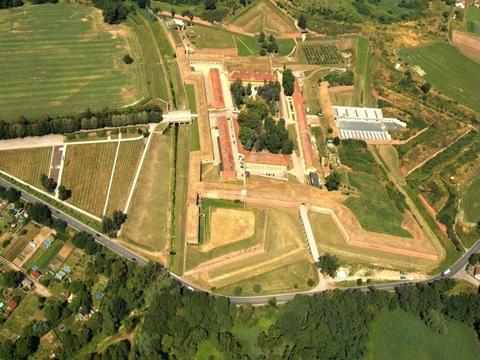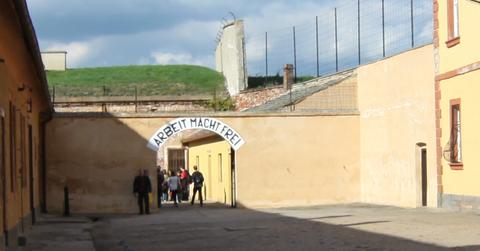Terezin (Theresienstadt Concentration Camp)



When it comes to the Holocaust, and its attendant concentration and extermination camps, the names most commonly resonating in our minds are those such as; Auschwitz-Birkenau, Buchenwald, Dachau, or Treblinka.
That said, there were many other camps that played a crucial role in the mass murder of millions of human beings. Many times their role in the Nazi camp system is often overlooked, but they were no less important in terms of perpetrating one of history's greatest crimes against humanity. Terezin (or Theresienstadt - as it was known to its November 1941-May 1945 Nazi overlords) was one such camp.
Located in the present day Czech Republic and variously classified as a concentration camp, transit camp, or ghetto Terezin (as we will use the Czech name for the camp) actually was first a fortress and then a small town long before Hitler burst on the scene early in the last century. In 1780 the Habsburg's began construction of the fortress Theresienstadt (named after Empress Maria Theresa) near the confluence of the Ohre and Elbe Rivers. The Ohre River bisected the fortress, which accordingly consisted of a walled town to the west of the Ohre and a citadel (or small fortress) to the east. The general layout of each can be seen in the first two pictures (the walled town being the first, or top, picture) provided herein.
By the time Nazi Germany consumed the post First World War state of Czechoslovakia (in 1938-1939) the fortress and walled town was long since obsolete. In November of 1940 the Gestapo took over the small fortress for use as a prison. One year later the roughly 7,000 non-Jewish inhabitants of the walled town of Terezin were expelled, and the entire town was turned into a Jewish ghetto/concentration camp.
In its early years the camp primarily served as a transit point and facility housing Czech Jews from Bohemia and Moravia, German Jews singled out because of their age or war record, and Dutch and Danish Jews. Though it was not an extermination camp those interned at Terezin suffered horribly. In total over 150,000 people were sent to Terezin during the Second World War. Roughly 32,000-35,000 (depending upon the source) died in the camp - of disease, exposure, starvation (with 2,600 killed in the small fortress - including many executed by the Gestapo). In turn, after the war the Czech government used Terezin and the small fortress to house Nazi war criminals and ethnic Germans (see picture of prison cells - third from top) being expelled from Czechoslovakia following the war.
Today, Terezin is once again a town (the Czech government closed down the local military base in 1996). Both the town and small fortress can be visited and are easily accessible to tourists (as this author can attest after his recent visit on September 27, 2013). The small fortress looks much as it did during the war - including the infamous "work makes free" (Arbeit Macht Frei) slogan over a gate (see third picture from bottom) leading to the Gestapo holding cells (see second picture from bottom). The walk from Terezin, across the Ohre River, and into the small fortress is easy but somber (the Jewish cemetery marks the entrance to the small fortress - see bottom picture*).
* All of the pictures except for the top two are courtesy of Steven Mercatante.



Post new comment